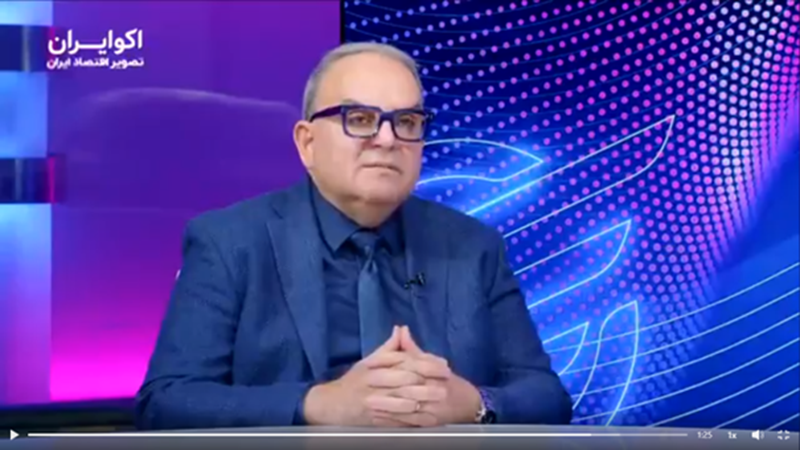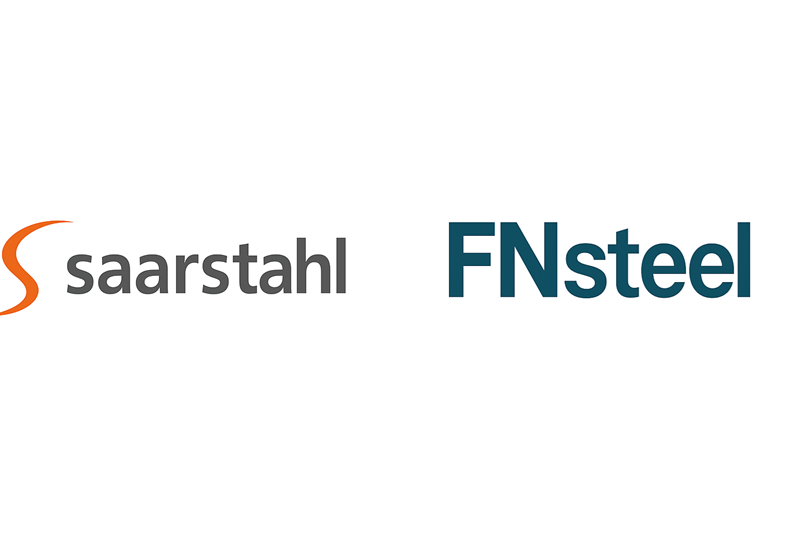Dr. Tehrani emphasized that in addition to the physical destruction caused by the war, this unplanned conflict has severely weakened Iran’s infrastructure and coincided with a period when global commodity markets were already under pressure. “The Israeli attack occurred during a seasonal downturn in commodity markets. China’s economic slowdown also contributed to this weakness,” he said.
Iron Ore Prices Under Pressure
Tehrani noted that as a result of the conflict, iron ore prices fell below $93 per ton. After a brief recovery, prices dropped again to $92.75. He stated that this fluctuation was driven more by market forces than geopolitical tensions, calling it largely a “psychological fluctuation.” He also pointed to concerns that potential disruptions in shipments through the Strait of Hormuz could trigger a rise in global energy prices.
Destruction and Resilience in the Steel Sector
On the second day of the war, an Israeli airstrike completely destroyed the Keyhan Sanat Hazar iron ore concentration plant in Hamedan Asadabad. Although there were no fatalities, eight people were injured. The attack occurred outside of working hours, preventing a greater disaster.
Despite this, Iran’s steel sector had been growing before the conflict. In May, Iran surpassed Brazil in crude steel production, becoming the ninth-largest producer in the world. However, maintaining this momentum will require significant financial support and a restructuring process.
Export Disruptions and Investor Withdrawal
Another key area affected by the conflict was Shahid Rajaee, one of Iran’s largest export ports. Damage at the port and halted shipments led to major disruptions in exports. Due to the cautious stance of international buyers, particularly Chinese investors, many deals were put on hold. Some Chinese delegations reportedly left Iran by land due to delayed evacuation flights. Ships idling for weeks resulted in potential losses worth millions of dollars.
Call for Financial Support and Unity
Dr. Tehrani stated that the private sector cannot handle the restructuring process alone, and called on the Iranian government and industry leaders to work together to provide financial support. He suggested that local assets could be used as leverage to access international financing and noted that professional financial offers started from €25 million.
As an example, Tehrani highlighted efforts by Mobarakeh Steel Company to raise €600 million for its Hot Rolling Mill 2 project through public bonds and an export-backed revenue model. He said similar strategies would be crucial for the reconstruction process.









Comments
No comment yet.